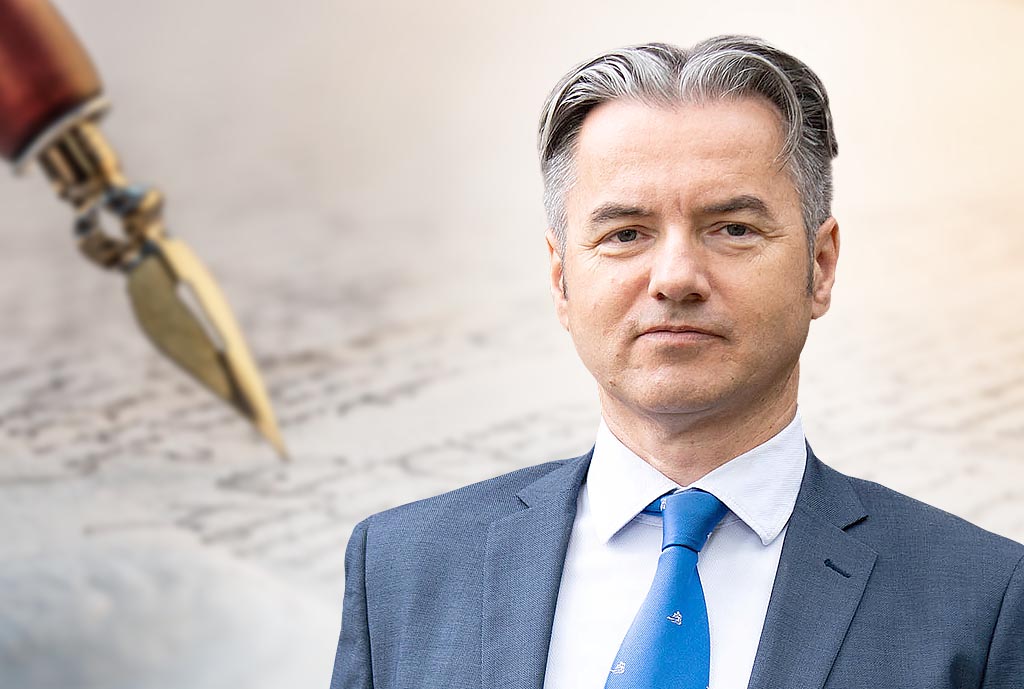By: Dr Metod Berlec
Under Golob’s government, we are faced with the phenomenon of so-called Potemkin villages – facades or false embellishments of reality.
Let us recall: the historical myth tells us that in the late 18th century, Russian governor and field marshal Grigory Alexandrovich Potemkin had villages constructed as mere facades along the banks of the Dnieper River, on the devastated territories he had conquered. This was done in preparation for the visit of his lover, the notorious Empress Catherine the Great. His goal was to make the newly liberated lands, wrested from the Ottoman Empire after fierce battles, appear more prosperous and developed than they actually were. Similarly, the ruling coalition attempts to create the illusion that the state of our country is better than it actually is – through deception and lies. In this, they are uncritically and servilely assisted by the predominantly left-leaning media, which are nowhere near as critical of Golob’s government as they were of the previous Janša administration. As a result, week after week, we are subjected to lies and misleading information about reduced waiting times in healthcare, claims that public debt is decreasing, deception about mass construction of public housing, falsehoods regarding the implementation of reforms, and much more. At the same time, we are bombarded with various tabloid news stories on web portals and social media, distracting people from serious reflection and creating mere “castles in the air”.
On the other hand, under the organisation of Katedrala svobode (the Cathedral of Freedom), led by Peter Jambrek – the intellectual successor of the former Nova revija – we recently witnessed the presentation of an almost 900-page electronic book (compendium) titled Consensus for a Historic Moment – New Contributions to the Slovenian Spring Programme. The editorial board (Peter Jambrek, Ernest Petrič, Alenka Puhar, Dimitrij Rupel, Ivan Štuhec, Žiga Turk, and Tomaž Zalaznik) collectively concluded that, following the political changes in the United States, we have found ourselves in “a peculiar state of condensed historical time, a turning point,” comparable to the defining periods for Slovenians and Slovenia in 1848, 1914–1918, 1940–1945, and 1987–1992. Just as the intellectuals of Nova revija prepared contributions for the Slovenian national programme with the 57th issue in 1987, the present compendium offers excellent analyses of the totalitarian past, insights into the current situation, and directions and proposals for confronting the future. Its aim is to provide Slovenian citizens – who, through elections, exercise constitutional authority in their republic – with an informed and honest perspective on the past, present missteps and challenges, and the future of the Slovenian national state. This future is fundamentally threatened, as we are sinking into a demographic winter, with alarmingly low birth rates…

